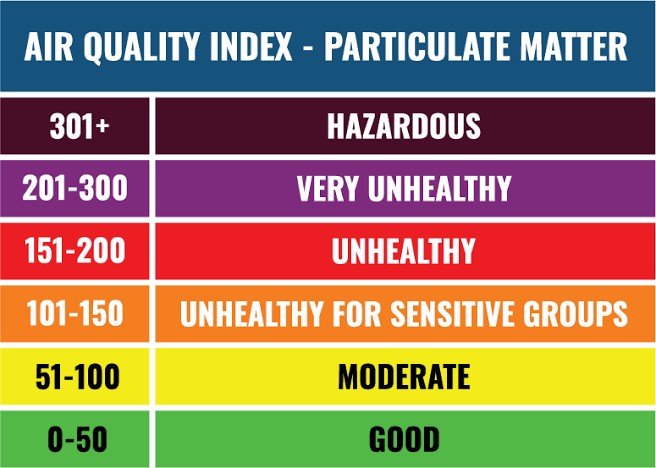
Air Quality Index (AQI)

25.10.2023
Air Quality Index (AQI) , Daily Current Affairs , RACE IAS : Best IAS Coaching in Lucknow
|
For Prelims: Air quality index, important point,categories of Air Quality Index SAFARPortal |
Why in the news?
Recently, Mumbai's overall air quality index (AQI) reached 191, worse than Delhi's 84.
important point:
- According to the SAFAR app, AQI levels in many areas of Mumbai are falling into the "poor" category.
- Construction dust has been identified as one of the top sources of air pollution in Mumbai.
Its main reasons:
- There are local, regional and meteorological reasons behind the increase in city pollution. Climate change and changing wind patterns have played an important role in this.
- Climate change, decline in La Niña – cooling of the ocean surface – and changing wind patterns have led to the sudden increase in particulate matter in Mumbai's air.
- Experts attribute the dust pollution to cold air coming from the Western Ghats colliding with hot air along the coast.
- 'Dust generated from construction sites and construction debris' has been identified as one of the top five sources of air pollution by the Mumbai Air Pollution Mitigation Scheme (BMC).
- The other four include: road dust and its displacement; open burning of solid waste and garbage; Use of impure fuel in restaurants, dhabas, bakeries and roadside eateries; and a range of industries including factors using ready mix concrete (RMC) plants and casting yard plants.
About Air Quality Index (AQI):
- Air quality index (AQI) is a number used by government agencies to measure air pollution levels and communicate information about air pollution to the population.
- There are six categories of air quality index.
- AQI is calculated for eight major air pollutants (PM10, PM2.5, NO2, SO2, CO, O3, NH3, and Pb).
- For which short-term (up to 24 hours) national ambient air quality standards are set.
- As AQI increases, it means that a larger percentage of the population will experience serious adverse health effects.
- Measurement of the air quality index requires an air monitor and air pollutant concentrations over a specified average period.
- The sources of pollution in India and most Asian countries are numerous and incompletely understood.
categories of Air Quality Index:
- There are six categories of air quality index.
- Each category is given a descriptor, a color code, and a standardized public health advisory.
- Each of these categories is decided on the basis of ambient concentration values of air pollutants and their potential health effects.
Six categories of air quality index:
1. good.
- According to the AQI scale, air quality reading between 0 and 50 is considered "good".
2.Satisfactory.
- Between 51 and 100 is considered "satisfactory".
3. Moderately polluted.
- 101 and 200 are considered "moderately" polluted.
4.poor.
- Between 201 and 300 is considered "bad".
5.Very poor.
- 300 to 400 is considered very bad.
6.Severe.
- 401 to 450 are considered a serious health hazard.
About System of Air Quality and Weather Forecasting and Research (SAFAR) Portal:
- It is operated by India Meteorological Department.
- It is a national initiative launched by the Ministry of Earth Sciences to measure the overall pollution level and air quality of a specific location in a metropolitan city.
- Through this, it monitors all the weather parameters like temperature, rainfall, humidity, wind speed and direction, ultraviolet rays and solar radiation etc.
- The World Meteorological Organization has recognized SAFAR as a prototype activity based on maintaining high quality controls and standards in its implementation.
Source: India Today